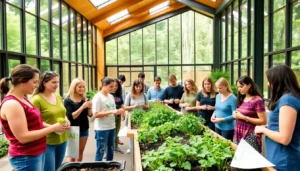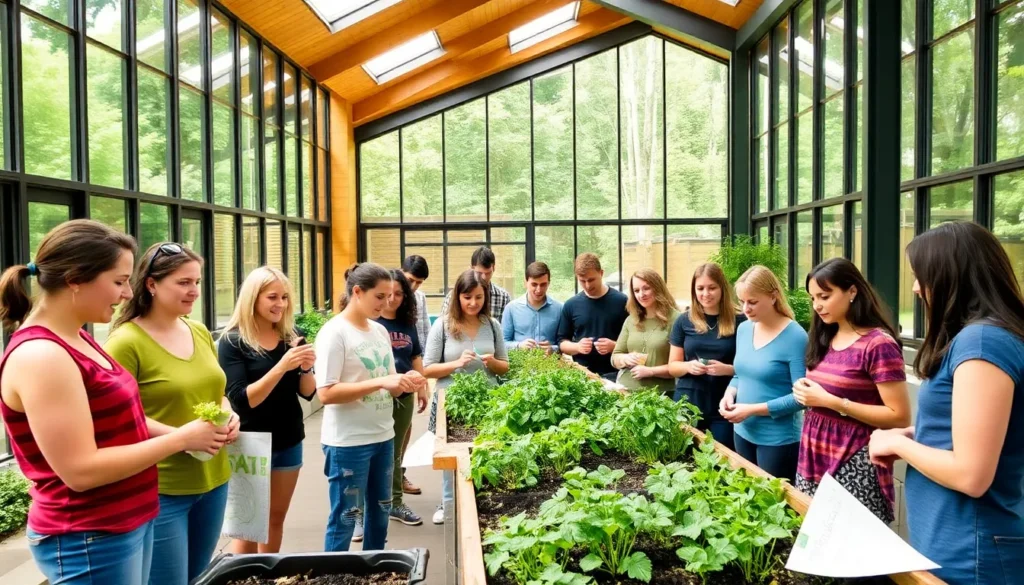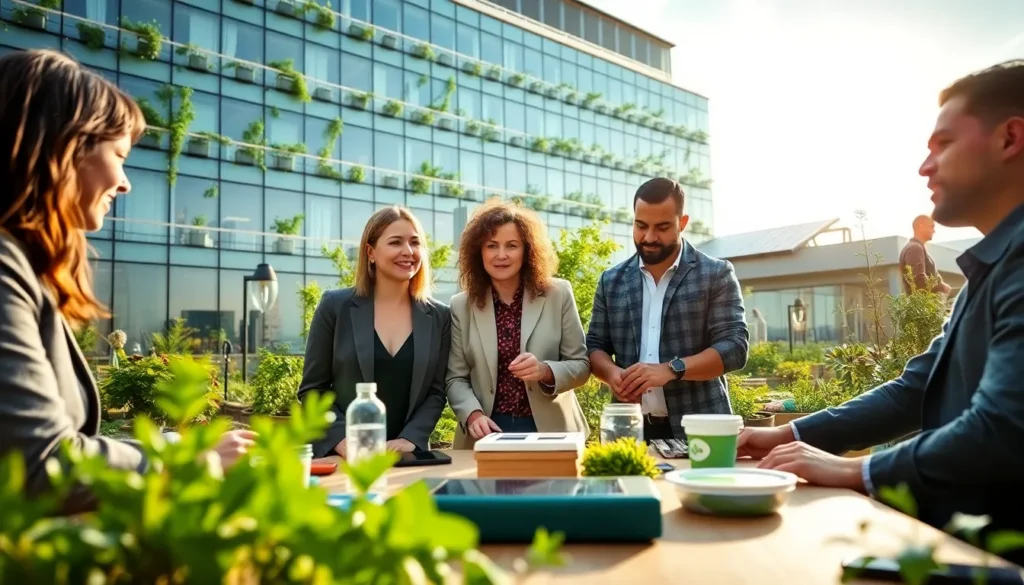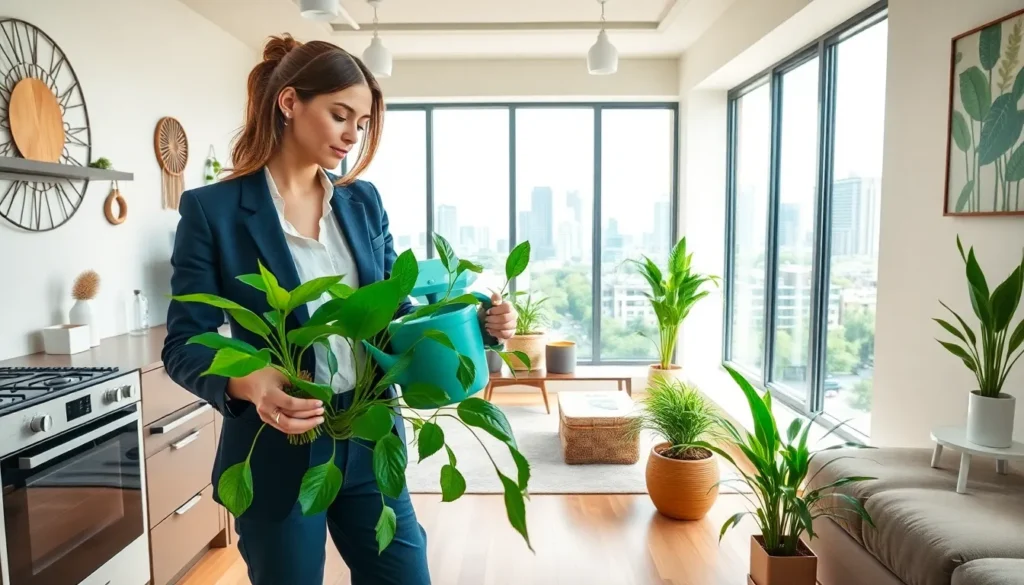Table of Contents
ToggleEver thought about saving the planet while keeping your coffee habit intact? Welcome to the world of sustainable living, where eco-friendliness meets everyday practicality. It may sound like a challenging job, but implementing small changes can lead to monumental shifts in the way our communities thrive. Let’s jump into how embracing a more sustainable lifestyle can be both enjoyable and rewarding.
Understanding Sustainable Living

The Environmental Impact of Daily Choices
Every choice made, from what’s for breakfast to how one commutes to work, can leave a mark on the environment. Many people don’t realize how simple actions contribute to climate change, pollution, and resource depletion. For instance, choosing to use reusable bags when shopping instead of plastic ones isn’t just a trend: it’s a powerful statement against the single-use plastic epidemic. Likewise, opting for locally-sourced produce can limit carbon emissions that come from transporting food across long distances. By understanding these impacts, individuals can start to see how each daily decision matters.
Benefits of Adopting a Sustainable Lifestyle
The benefits of leading a sustainable lifestyle aren’t just good for Mother Earth: they’re great for personal well-being too. First off, going green often leads to significant savings. For instance, energy-efficient appliances may have a higher upfront cost, but they slash electricity bills over time. Also, living sustainably can create a profound sense of community. Engaging with local farmers or participating in environmental initiatives can forge bonds while contributing positively to society. Not to mention, it feels good to know that one’s choices have a ripple effect on the environment.
Essential Principles of Sustainable Living
Reduce, Reuse, Recycle: The Three Pillars
Often referred to as the three R’s, these principles form the backbone of sustainable living. Reducing consumption helps lower waste, while reusing items cuts down on the need for new products. Recycling closes the loop, ensuring that materials are reprocessed rather than thrown in a landfill. It’s astonishing how many items languish in junk drawers or cupboards waiting for a second life. Instead of buying new, consider upcycling creative projects or donating unused items to local charities. Each action contributes to a larger narrative of sustainability.
Energy Efficiency and Conservation Tips
Implementing energy-efficient practices in daily life can yield impressive results. For example, switching to LED light bulbs is one small change that can significantly reduce energy bills. Similarly, using smart thermostats can optimize heating and cooling, ensuring that energy is not wasted. Also, unplugging devices when not in use prevents “phantom energy” loss. It’s a good idea to think of energy conservation as an adventure: small changes accumulate and can lead to substantial savings.
Sustainable Transportation Options
Eco-Friendly Products for Everyday Use
Transportation is often a significant factor in one’s carbon footprint. Choosing to walk, bike, or use public transport is a smart way to cut emissions. Electric vehicles are becoming increasingly popular, offering a cleaner alternative to traditional petrol cars. Beyond that, eco-friendly products, such as biodegradable bags and solar-powered chargers, can seamlessly fit into daily routines. The transition may feel overwhelming at first, but the key is to take one step at a time, making eco-conscious choices that resonate with individual lifestyles.
Building a Sustainable Home
Gardening and Local Food Production
Creating a sustainable home involves more than just energy efficiency: it’s about fostering a harmonious relationship with nature. Gardening not only provides fresh produce but also supports local biodiversity. Raised garden beds or container gardening are great for those with limited space. Many communities have local food co-ops that encourage sustainable practices, promoting urban farming initiatives to enhance food security. Learning to grow food at home encourages personal independence while also nurturing the environment.
Community Initiatives and Involvement
Making a Personal Impact Through Advocacy
Community involvement is crucial for fostering a sustainable future. Local initiatives often revolve around education, recycling programs, or tree-planting events. Participating in or organizing clean-up days in parks or beaches can make a tangible difference in local ecosystems. Besides, becoming involved in advocacy for environmental policies can help drive change at a broader level. When individuals unite for a cause, sharing ideas and passion, they can influence legislation and inspire others to take action.










